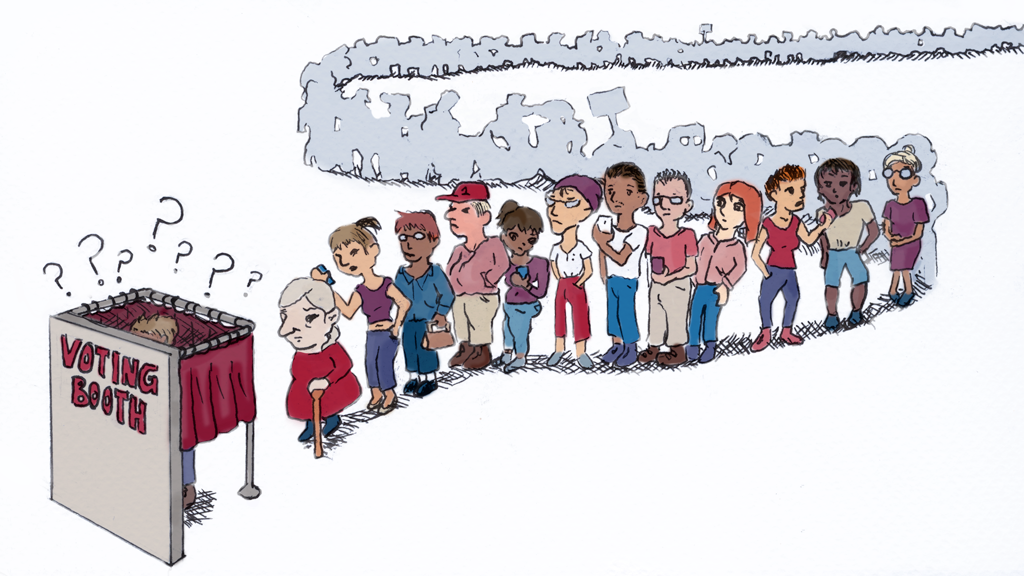6 Things to Know About State and Local Elections:
by Frankie James Albin | published Oct. 21st, 2016
1) Yes, there are other elections. When most people hear the word "election" they think of that year-and-a-half-long fight for that big white building in Washington, D.C. However, contrary to most people’s knowledge, there are many other types of elections in the local, state and federal jurisdictions.
2) From school board to Congress, the amount of different types of elections is mind-blowing. In the United States, there are multiple elections at all levels of government. Federal elections include primary, general, and midterm elections for house representatives and senators. State elections include governors, lieutenant governors, state legislators, state assemblymen and in some states even the attorney general and secretary of state are elected as well. Local offices include everything from sheriffs at the county level to mayors and school board members at the city level. Of course, these hardly scratch the surface.
3) These other elections often actually affect you more. While many people often attribute everything great and terrible about the country to the current sitting president, that is often not the case. Congress is usually responsible for most federal laws and actions that affect you, and state and local officials determine everything from state taxes to what is taught at the local elementary schools. The amount of offices and aspects of government that these elected officials control is too vast to explain at once. There are actually 519, 682 elected positions in the United States, according to the National League of Cities, and each one of them has a hand in your (and other people’s) experience as a citizen here.
4) How to vote in these elections is varied. However, many elections are run similar to the Presidential election where you can physically vote at a polling location, but many also allow (or even only use) voting by mail as well, and you will find many variations to these processes throughout the country. You can find your state or local election office website here to find information about elections in your specific location.
5) Important dates also vary widely from area to area. Presidential and congressional elections take place in November, as do midterm congressional elections (two years into the current President’s term). Beyond that, from presidential and congressional primaries to elections for city council, election days, again, vary widely and you can find information about them on your state and/or local election office website.
6) A note on party registration: Many primaries only allow you to vote if you are registered as a Democrat or a Republican. Some states have open primaries and therefore allow anyone to vote for candidates in any party, however that is often not the case. In general (especially including NY residents) it is a good idea to register with one of the two major parties in order to maximize the amount of elections you can vote in, even if you do not strictly identify as a member of either party.



